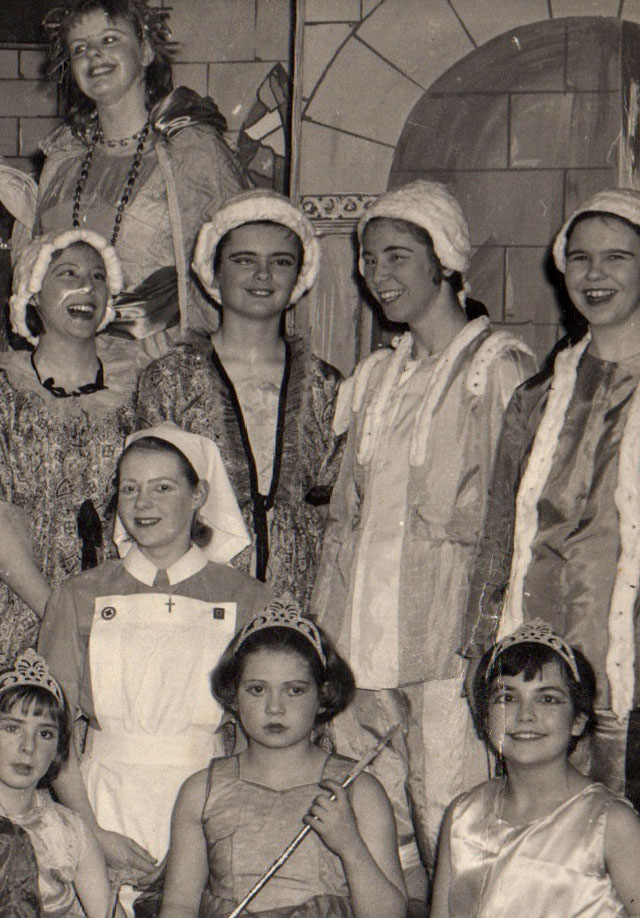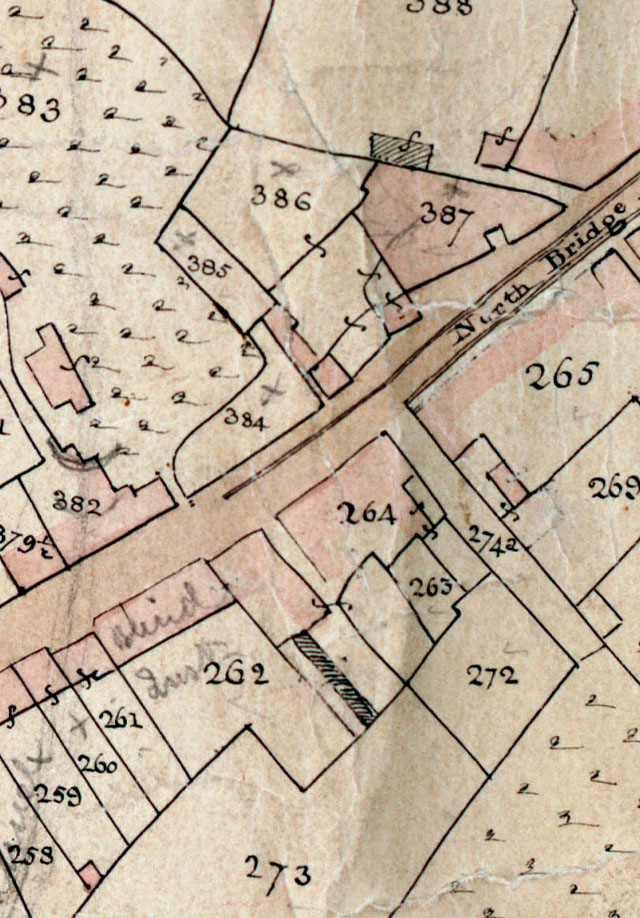A brief history so far – Community researcher, Hannah Reynolds
In 1843 a small school for the blind moved to a donated house on St David’s Hill. At that time it had 17 pupils aged 8 to 18 who learned to read, make willow baskets and mats, how to tune pianos or mend shoes with leatherwork. It was supported by subscriptions, donations and students paid for their board.
By 1911 the numbers had risen to 70 children and 12 adults. The school continued to prosper and by 1930, there were 188 blind persons registered, of whom 73 were elementary pupils, 8 technical pupils, 20 workshop employees, 50 home workers and 4 with other employment.
In 1965 the school, by then called the West of England School for the Blind and Partially Sighted, moved to a site at Countess Wear that incorporated a nursery, main school, college and St David’s House.
Exeter Community Centre Trust has recently welcomed several pupils who were previously residential pupils of the West of England School before 1965 and can remember vividly that girls slept in dormitories in the garden side of the School and boys slept on the St David’s Hill road side. They have also told us of the pantomimes that were performed in the Ballroom – then the main school hall.
Following the floods in St David’s, St Thomas and Exwick in 1960, it was determined that a new community centre was needed. The opportunity arose for Exeter City Council to acquire the building but there was no money available to convert it from a residential school to a community centre.
Much of the work was therefore done by local volunteers, ripping out old dormitories and bathrooms and creating rooms for meetings and spaces for leisure and learning activities, as well as a social bar, wooden skittles alley and a flat at the top of the building for the resident caretaker/warden and his family.


In the 1970s, the building transferred from Exeter City Council ownership to Devon County Council and was run for 30 years as an Adult Learning Centre, with activities and classes for local groups and individuals. However, with competing priorities for investment, the building became shabby, difficult to run, expensive to maintain and the community ceased to be involved in its day-to-day running. Devon County Council therefore determined in the early 2000s to sell the building for private development.
St David’s neighbourhood community, unwilling to lose the Centre and having in recent years lost public houses, the shop and their post office, set up St David’s Neighbourhood Partnership of local residents and groups and campaigned vigorously to save the Centre. In 2009 the Neighbourhood Partnership set up a charitable Trust run by local people and began negotiations with Devon County Council about the potential for community control and ownership of the Centre.
The Trust raised £1.4 million in grants and loans to refurbish the Centre and took over the freehold, so the building is now held in Trust for community use in perpetuity.
In June 2012 the Centre opened. One third of the Centre is leased to community groups and social enterprises and two third’s is available for hourly or sessional lets for meetings, classes and activities. The Centre also houses a Cafe with WiFi that is open to the public as well as providing catering in the Centre. In 2020 the Trust raised another £993,000 in grants to refurbish the last part – the top floor of the Centre – and to develop a community engagement programme to bring a diverse range of people from all over Exeter, and beyond, to the Centre.
As a private residence, as a School, a Learning Centre and as a community hub, Exeter Community Centre has been an asset at the heart of the St David’s community since at least the 1840s. The Trust is determined that it will remain so.
The Trust is grateful to all our supporters – funders National Lottery Heritage Fund, Power to Change, Exeter City Council, Viridor, Co-operative Fund, Darlington Trust – and most of all our thanks go to all the many volunteers and well-wishers who have supported us for so long.